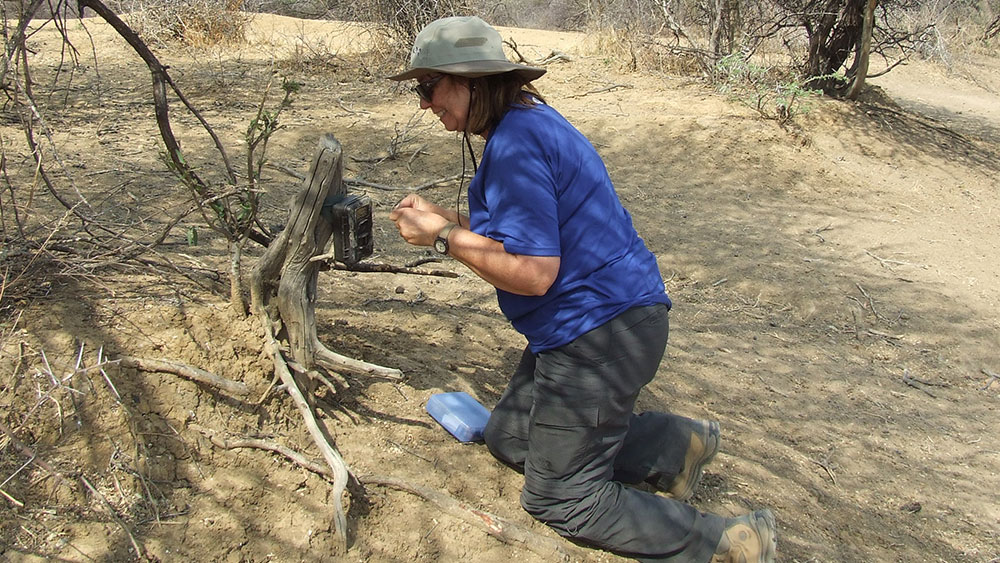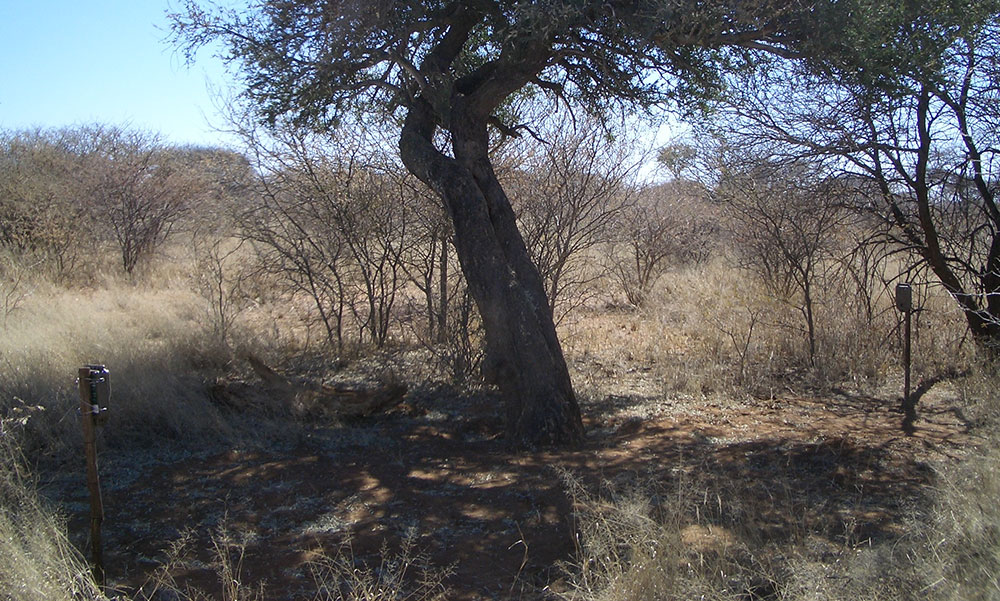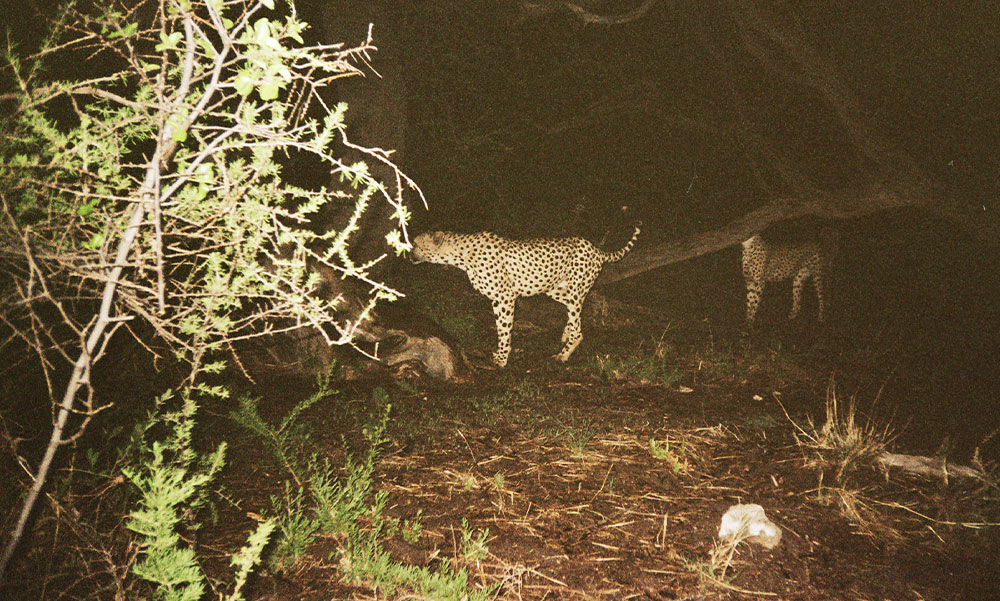New Research Shows How Farmlands Can Support Carnivores and their Habitat
-

- by Brandy Morenko Campbell September 16, 2021

Wildlife faces a variety of environmental challenges and one of them is sharing the land with an ever-increasing human population. Protected lands offer the opportunity for wildlife to thrive, but the reality is that healthy and diverse ecosystems require more space. Carnivores, who are considered vital to these ecosystems, are traversing large landscapes, most of which are unprotected. By using camera traps, Cheetah Conservation Fund researchers set out to understand carnivore distribution patterns across various types of land-uses found in the north-central Namibian landscape, such as livestock production, game meat production, trophy hunting, ecotourism, and conservation.

Numerous camera traps set over 3,153 km2 for nearly two years generated tens of thousands of images. Results showed that Namibian multiple-use farmlands support a diverse carnivore guild, comparable to the diversity present in protected areas. With the exception of the largest and group-living carnivores (i.e. lion, spotted hyena and African wild dog), leopard, cheetah, brown hyena, aardwolf, African wildcat, black-back jackal, bat-eared fox, caracal, Cape fox and serval were all detected during the study, yet it was noteworthy that camera detection of cheetah was low in an area known to be their regional stronghold.
The variation in land-uses did not limit carnivore distributions and seasonal variation was minimal. In addition, the presence of livestock had little impact on the distribution of larger carnivores, which was more strongly determined by the presence of wild prey. This reinforces the importance of maintaining and preserving wild prey to promote coexistence. It is promising that carnivores were found to be utilizing lands employing a variety of land use practices and this understanding could be applied to land management practices used to preserve biodiversity and protect endangered species. Namibian multiple-use farmlands may therefore function as viable socio ecological landscapes and could act as an important link between core conservation areas.

Related Reading
-
August 27, 2025
Sniffing Out Stories with the Scat Detection Dog Team




